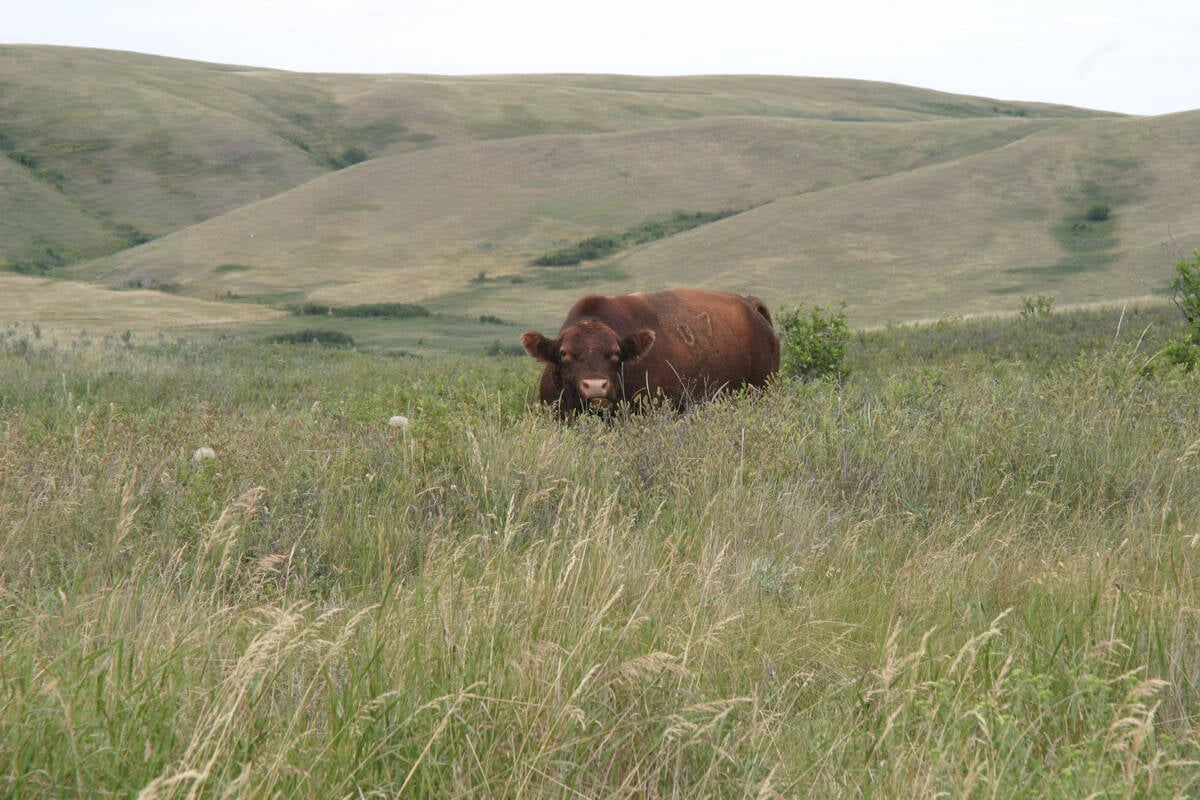Livestock producers may be following the national codes of practice for animal handling and welfare, but how can they prove it?
That’s the question behind development of animal care assessments, a process of farm inspection that checks compliance with the codes of practice and can provide proof to anyone who asks.
Dr. Ed Pajor, a professor in the University of Calgary’s veterinary program, has served on scientific committees for three codes of practice.
He told an April 11 dairy workshop that Dairy Farmers of Canada is first out of the gate in piloting an assessment process. The dairy code of practice was updated in 2009.
Read Also

Saskatchewan puts crown land auction on hold
Auctions of Saskatchewan crown lease land are once again on hold.
“Wonderful. You’ve got a code. You’ve got standards, scientifically informed standards. You have criteria that make a lot of sense,” he said.
“But what do you have? You’ve got a piece of paper that says ‘here’s our standards.’ You have no evidence, you have no way of demonstrating to somebody that you’re following the code. And ‘just trust me’ doesn’t cut it anymore.”
Pajor said retailers want proof to offer customers when they ask about animal welfare practices. It means farms will have to be assessed for their compliance with the codes’ requirements and recommendations.
Pajor said the National Farm Animal Care Council has developed an assessment framework that can be adapted for any type of livestock.
“The goal of this is to have a Canadian based standard on how to develop animal care codes and how to develop animal care assessment programs for all commodity groups so that when people go to the international marketplace, they can say everybody’s followed this process.
“If we have a label on it that says, ‘animal care assessed,’ everybody’s going to know what that means.”
Pajor said it would make Canadian assurance superior to what is found in the United States, where there are many different assessment programs that can confuse rather than instill confidence.
During a pilot of the assessment process last year, Dairy Farmers of Canada found that producers understood that an assessment and accompanying proof of compliance would be useful but were also weary of scrutiny.
“They heard things like, ‘how many times do I have to be judged? Do we really need to have another program in place?’ And I can understand the frustration,” Pajor said.
DFC plans to revise training materials and do another pilot this year and take the project national next year.
By 2016, it hopes to have formal assessments for all dairy farms in Canada and a system of penalties for those who do not meet code requirements.















